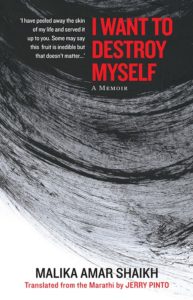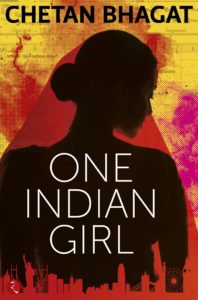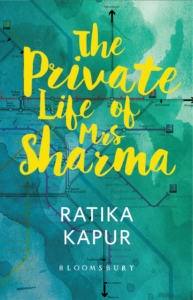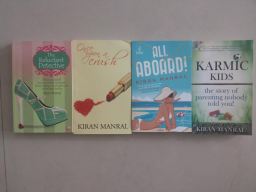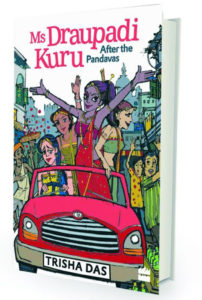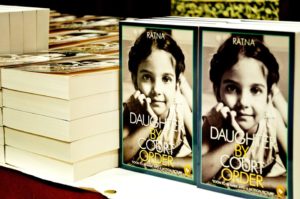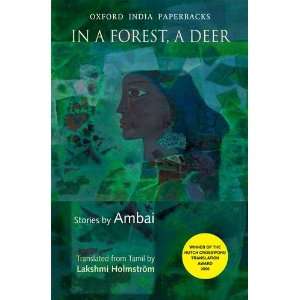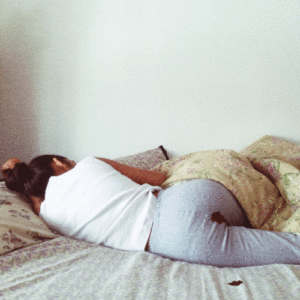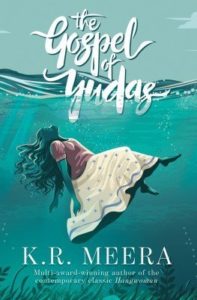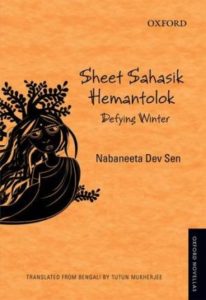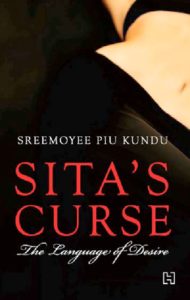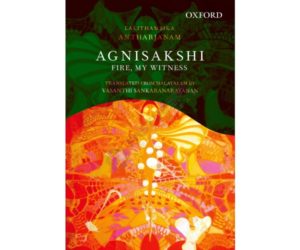Vibha Batra’s “Pinkoo Shergill”
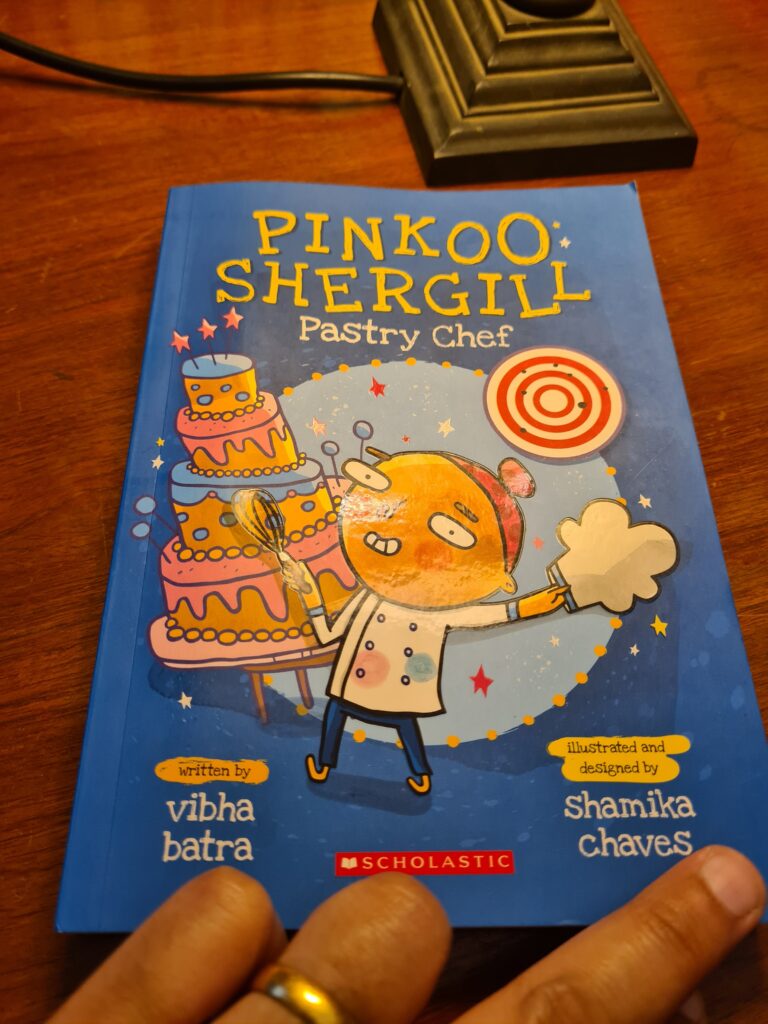
This book is utterly perfect! In terms of story, plot, pacing and literary craftsmanship. It makes one chuckle with delight as the antics are so believable. The manner in which Vibha Batra has inhabited a child’s world is very well done.
Ten-year-old Prabhjot Shergill aka Pinkoo adores baking. He dreams of making Olympic history by winning the gold medal at the Bake-a-Thon event. Instead he has to settle for sneaking into the kitchen to bake exquisite creations while the adults are preoccupied with other stuff. Sometimes it is at the cost of skipping his shooting classes that his father insists upon. Pinkoo is not interested in living out the dreams of his late grandfather or father as a shooter, instead he prefers to be a world class baker.
Aided and abetted by his best friend Manu and his pestilential little cousin, Tutu, the kids hatch a plan of getting Pinkoo to participate in the international programme, “The Great Junior Bake-a-Thon”. The competition is slated for an Indian edition, to be recorded in Chandigarh and finals in Mumbai. They are assisted by their classmate Nimrat, who they don’t particularly like, but her father runs the best coffee shop in Patiala, offering the best confectionary for many miles around. Nimrat persuades an ex-baker of her father’s, Chef Khanna, to train Pinkoo. The only reason that Nimrat assists Pinkoo is that she overheard him being taunted in the school canteen by the school bullies for wanting to become a pastry chef. “He’s such a girl!” Nimrat is so irritated by this remark that she grimly determines that “these idiots need to learn a lesson” and marches Pinkoo off to a tete-a-tete with a professional baker.
Pinkoo Shergil: Pastry Chef by Vibha Batra ( Scholastic India) is about Pinkoo’s training, the competition and persuading his very stern father to attend a baking competition. Papaji was of the opinion that “the kitchen is no place for a boy”. It is a fun, fun, fun book that upends a lot of stereotypes with a delightfully light touch. It is a book that generates a happy spot in one’s mind and at the same time gets various “messages” across without being didactic. The best one is saved for the last — whatever you do, give it your best shot and “don’t give up”, irrespective of ups and downs. The story is beautifully complemented by the zany black-and-white illustrations by Shamika Chaves. The buzz and excitement of the youngsters, who at the best of times are like little drops of mercury, is enhanced by the exuberant page design enabling certain words to pop out of the page. It emphasizes the rhythm of the text too. All in all, a gorgeous book!
Buy it. Share it. Read it. Donate it to school and community libraries. Pass on some of the love and joy. All of us could do with some.
4 August 2021

